Georgetown Pike Notable Facts
- Georgetown Pike was originally knows as Sugarlands Rolling Road.
- Its history began as an old animal trail – beaten down by Buffalos. Parts of what we now know as the Georgetown Pike were used by the Susquehannoc Indians for fur trading in the early 1600’s and in later years by the Iroquois moving south.


- In the late 1700’s, the road was used by farmers bringing tobacco and other goods from the Piedmont and Shenandoah regions to Georgetown merchants.
- Georgetown Pike became a toll road in 1813 after a charter was obtained from the 13th Congress to establish the Georgetown and Leesburg Turnpike Company. The company’s goal was to get goods over what is now known as the Chain Bridge to markets in Georgetown. Carts and wagons had to be weighed. Tolls were paid by all persons using the rugged road and toll stations were located along the length of the Georgetown Pike.
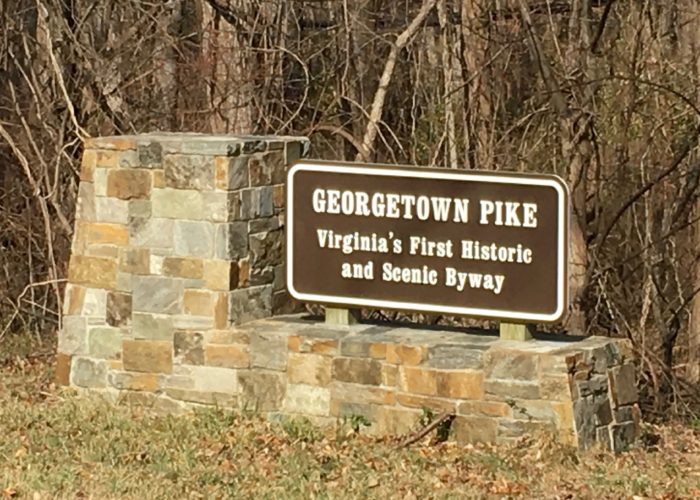
- In 1931, Lucy Madeira Wing moved her school from Washington, D.C. to its current site across the street from our Greenway Heights neighborhood. For years, the Georgetown Pike had been in a deplorable state filled with deep ruts, large boulders, and tollgates manned by local residents up and down the Pike. Chip Gasch, son of Manning Gasch (former owner of Prospect Hill and 8501 Georgetown Pike and grandson of Herman Gasch), recalls his grandfather telling stories about local teamsters making their living pulling travelers out of deep potholes along the Georgetown Pike.

- In 1934, Lucy Madeira Wing worked with Herman Gasch to purchase the toll road from the Georgetown and Leesburg Turnpike Company for $500. She immediately turned it over the state of Virginia, ending its history as a toll road. Since then, Georgetown Pike has been a part of the Virginia Highway system and under state control for maintenance.
- Dairy farmer George Wallace Carper, former owner of the farm property in Greenway Heights that is now owned by Robert Glamb, used his influence as the then Chairman of the County Board of Supervisors, to get the Georgetown Pike blacktopped and converted as a primary road in 1948.

- These historic figures are known to have been in the area and traversing the Georgetown Pike over time:
- George Washington did survey work at Great Falls for the Ohio Company in 1749. Also, Washington was a close friend of Bryan Fairfax who lived at 1213 Towlston Road. An entry in Washington’s diary from March 1, 1786 states, “After a very early breakfast at Abingdon, I set of for the meeting at Great Falls….I went to Mr. Fairfax’s (about three miles off) where I lodged.” Another entry later in the year dated October 2, 1786 says Washington departed Great Falls for Mount Vernon around 3:00pm riding in rain and he wrote, “…we had much difficulty crossing Difficult Run.” Washington also owned 275 acres near Leesburg Pike where Colvin Mill now stands.
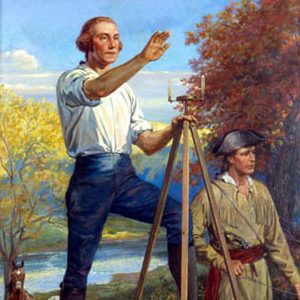
- Confederate soldier John Singleton Mosby – known as the “Gray Ghost” for his guerilla-type raids on Union forces – was very active in the area during the Civil War. Union and Confederate forces both used the Georgetown Pike from Fort Marcy (located off the GW Parkway) up to Dranesville (in what is now Sterling, VA).
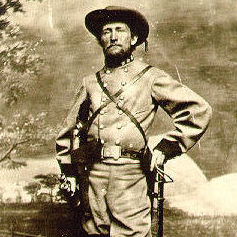
- James W. Jackson, a confederate sympathizer, is believed to have been born in the Dower House – a home still located on the Georgetown Pike directly across from what is now The Reserve neighborhood. Jackson was responsible for one of the first fatalities of the Civil War after he shot and killed a Union officer on May 24, 1861 over a dispute concerning the display of a Confederate flag in Alexandria, VA. Jackson was also killed in the dispute, and legend says his body was taken back to his birthplace on the Georgetown Pike. Jackson’s daughter, who allegedly loved a Union soldier, is said to haunt the well on the grounds of Dower House. Later in the war, the original Dower House was burned by Union soldiers who thought it was a Confederate spy headquarters. The house was rebuilt and still stands today – see photos below. Read more by double-clicking on this link:
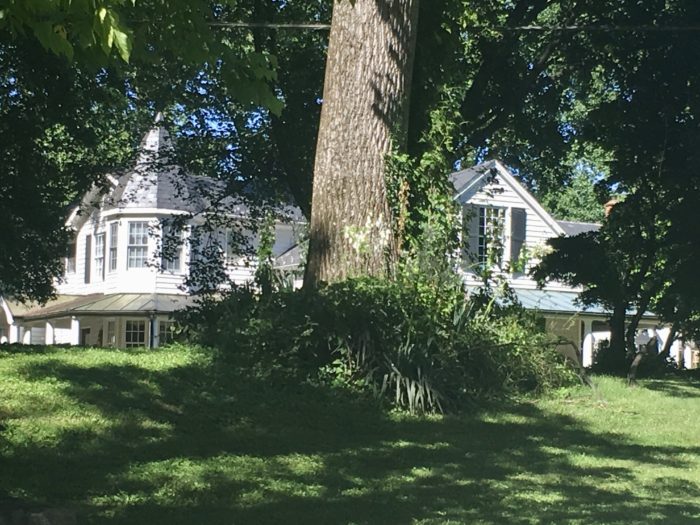

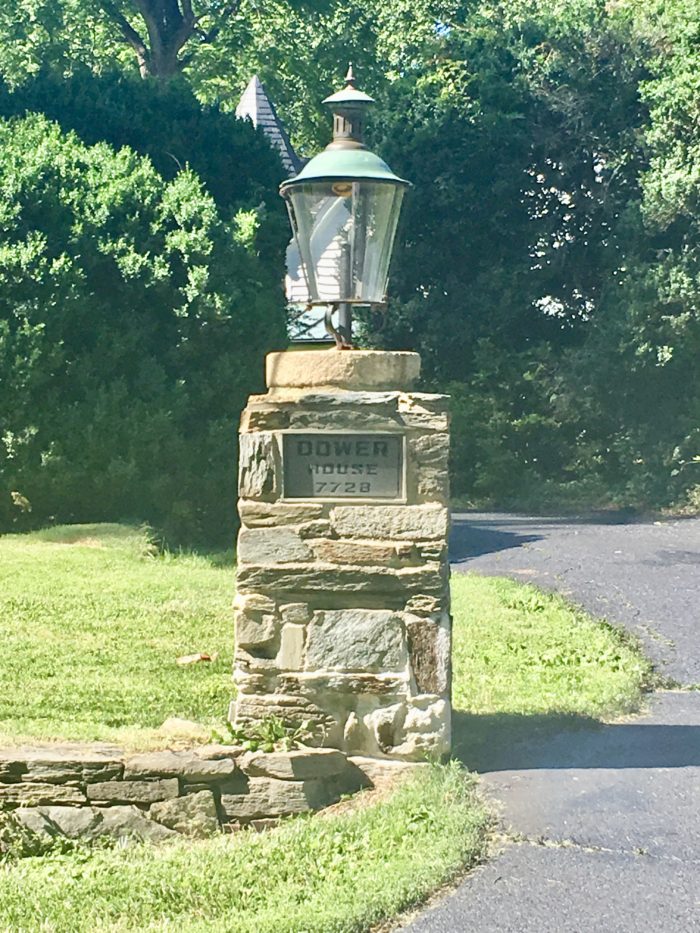
Sources:
- Louise C. Curran, McLean Remembers Again (The Sound Publications, 1976), 11, 14, 25-26,47, 49, 54, 67.
- Ann Cameron Siegal, “Historic Road Yields to the New Georgetown Pike’s Changing Scenery,” The Washington Post, August 5, 2006.
- Gasch, Chip. (2018, January 23). Email interview.